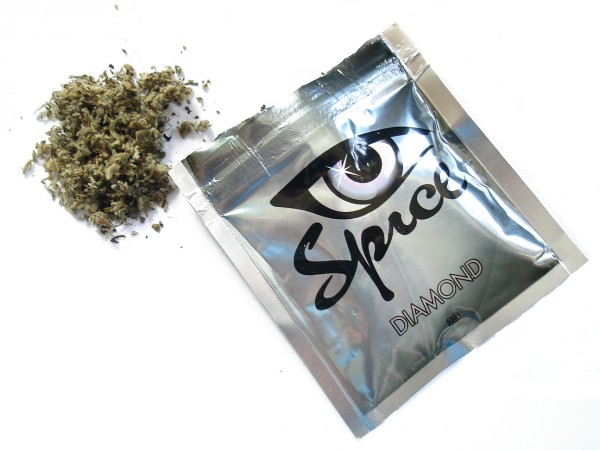
A year ago, Anchorage was facing a public health emergency from the synthetic drug known as Spice. From July until November in 2015, ambulances were bringing an average of seven patients to area hospitals every day.
A new paper published by the Centers for Disease Control looks at what happened, and why the spice outbreak has now largely petered out.
Yuri Springer works for the state’s Department of Public Health studying patterns of disease, and is the paper’s lead author. And because Spice hit Anchorage so hard and fast last summer, responders adopted the kind of coordinated response you’d see in a similar public health emergency.
In his office, Springer pointed to a chart showing medical transports for people who used Spice. At first there’s almost nothing– zero, one, or two ambulance trips a day. Then suddenly the columns jolt upwards.
“We hit the middle of July 2015, and we saw this large spike in the number of transports, sometimes exceeding 20 or 25 ambulance transports a day for Spice-related illness,” Springer said.
“During July 15, 2015-March 15, 2016,” the authors write, “a total of 1,351 ambulance transports to Anchorage emergency departments for adverse (synthetic cannabinoid) reactions were identified.”
The numbers begin edging downward in mid-November, after the municipality passed an ordinance that increased the criminal penalties for possession, sale, and use of spice. For months afterwards the tally of emergency medical transports slides gradually downward. Nowadays it’s back around the original baseline.
The ordinance came through the mayor’s administration and assembly, and was intended to give law enforcement more tools for going after manufacturers and dealers. Researchers say that’s a large part of what led to the drug’s decline in Anchorage. Another piece was educational outreach and collaboration between healthcare providers, social services, and city officials. According to Springer, this paper is intended partly as a template for a successful intervention.
“The point here is to disseminate the findings of the investigation so that folks in other jurisdictions who might encounter similar problems get a sense of what we faced and how we dealt with the challenges,” he said.
The study draws on a collage of evidence to give an account of the significant toll Spice was taking on users, city resources, and the local healthcare system.
During the eight month period researchers looked at, ending in March of 2016, spice accounted for 10 percent of the city’s ambulance transports — which was not only expensive, but tied up emergency response units already spread thin. During one particularly intense ten week period, 34 percent of emergency department visits were Spice-related.
The overwhelming majority of those transported, 81 percent, were men. The median age was 34-years-old. And some people were brought to emergency rooms with disproportionate frequency: one pocket of 17 people was picked up by ambulances ten or more times, making up 20 percent of the overall transports.
The researchers also looked at 167 hospital charts, which offered more detailed personal and medical information about what was happening. A significant number of the spice cases involved drastic medical interventions like intubation or admission to an intensive care unit.
Many of the users reported that they were homeless, about 40 percent. But such information is tricky to verify, and researchers believe that number may be higher. 71 percent of the emergency transports began in an area of downtown “known to be a hub for the local homeless population,” the report states.
Among the study’s various methodological limitations, a significant number of the medical transports were the the Alaska Native Medical Center, which didn’t make any patient charts available to researchers.
Though anecdotes abound, the authors write that this is the first such study to demonstrate with evidence a Spice outbreak disproportionately hitting homeless residents.
Researchers also found 11 chemical substances in the product and paraphernalia they were able to test. Meaning people who were using a drug purported to be synthetically replicate a high similar to marijuana were in fact ingesting chemicals few people know much about or understand.
And though it’s hard to prove, state investigators believe this class of drugs caused four people’s deaths in the municipality during the period under review.
“The cause of death was likely attributable to Spice use, and so that’s pretty significant,” Springer said. “That’s four people…who, in the Medical Examiner’s opinion, died in large part or entirely because of their consumption of spice.”
The paper, titled “Increase in Adverse Reactions Associated with Use of Synthetic Cannabinoids — Anchorage, Alaska 2015-2016,” appears in the October 14th issue of the CDC’s Morbidity and Mortality Weekly Report.
Zachariah Hughes reports on city & state politics, arts & culture, drugs, and military affairs in Anchorage and South Central Alaska.
@ZachHughesAK About Zachariah




